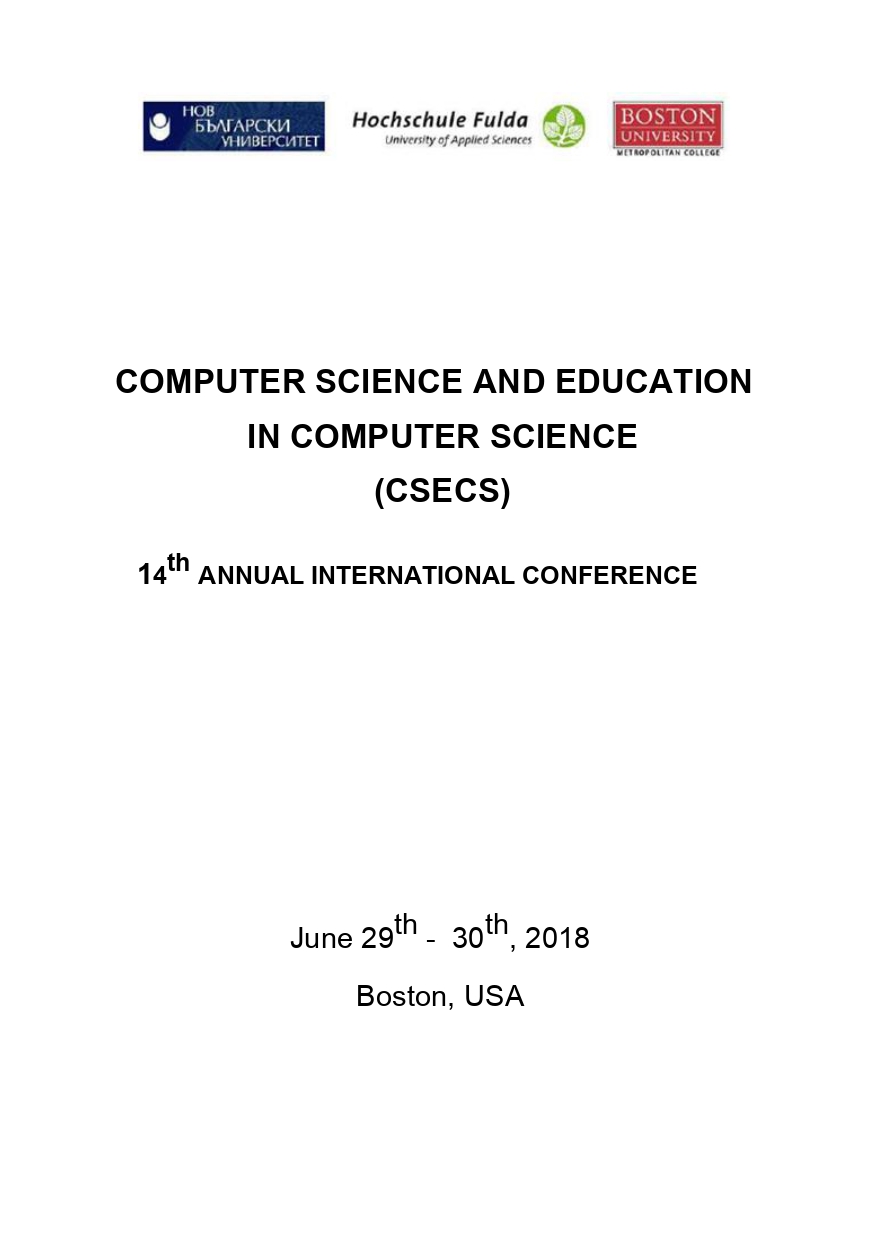Striking the balance: Traching data mining with the right mixture of depth and breadth
Striking the balance: Traching data mining with the right mixture of depth and breadth
Author(s): Gregory Page, Slav Angelov, Penko Ivanov, Vladimir ZlatevSubject(s): Social Sciences, Economy, Education, Essay|Book Review |Scientific Life, Higher Education , Conference Report, ICT Information and Communications Technologies
Published by: Нов български университет
Keywords: Data science; Data mining; R language; Data science education
Summary/Abstract: The purpose of this paper is to describe the methodology that was used to develop and teach AD699: Data Mining for Business Analytics at Boston University’s Metropolitan College in Spring 2018 (on campus) and in Summer I 2018 (online). Data mining for business analytics is a field that sits at the intersection of statistics, computer science, and business-specific domain knowledge. The goal in teaching the course was to prepare students for a “full-spectrum” approach to data mining. That is to say, graduates of AD699 should be able not only to interpret and assess the results of the data mining process, but also to build the models, know the underlying functions, and alter the code in the R programming environment as needed to adjust the models. That said, this was not a Computer Science course, and the students were not coming from a programming background -- chief among the challenges associated with delivering this course was the question of how much emphasis to place on proper syntax. Where the course developers had to choose between breadth and depth, they opted for breadth; however, they remained careful at each step of the way to ensure that the course material remained substantive and challenging. By giving students a broad basis of exposure to topics such as data exploration and initial analysis, performance assessment, and implementation of both supervised and unsupervised learning models, the intention was to prepare them to have a reasonable level of fluency in whatever specific topic an employer wished them to drill down on at a deeper level in the workforce. From a pedagogical perspective, the course developers took a wide-ranging approach. Among the teaching methods employed were traditional lectures, video-based tutorials, technology-enabled tutorials (such as the AD699-specific lessons built using the Swirl platform, and accessible through the BU Virtual Lab environment), assigned readings, individual assignments, online discussion boards, and a culminating exercise that required students to work in teams to use a real-world dataset based on Airbnb rentals to build and apply data mining models.
Journal: Computer Science and Education in Computer Science
- Issue Year: 14/2018
- Issue No: 1
- Page Range: 153-162
- Page Count: 10
- Language: English

